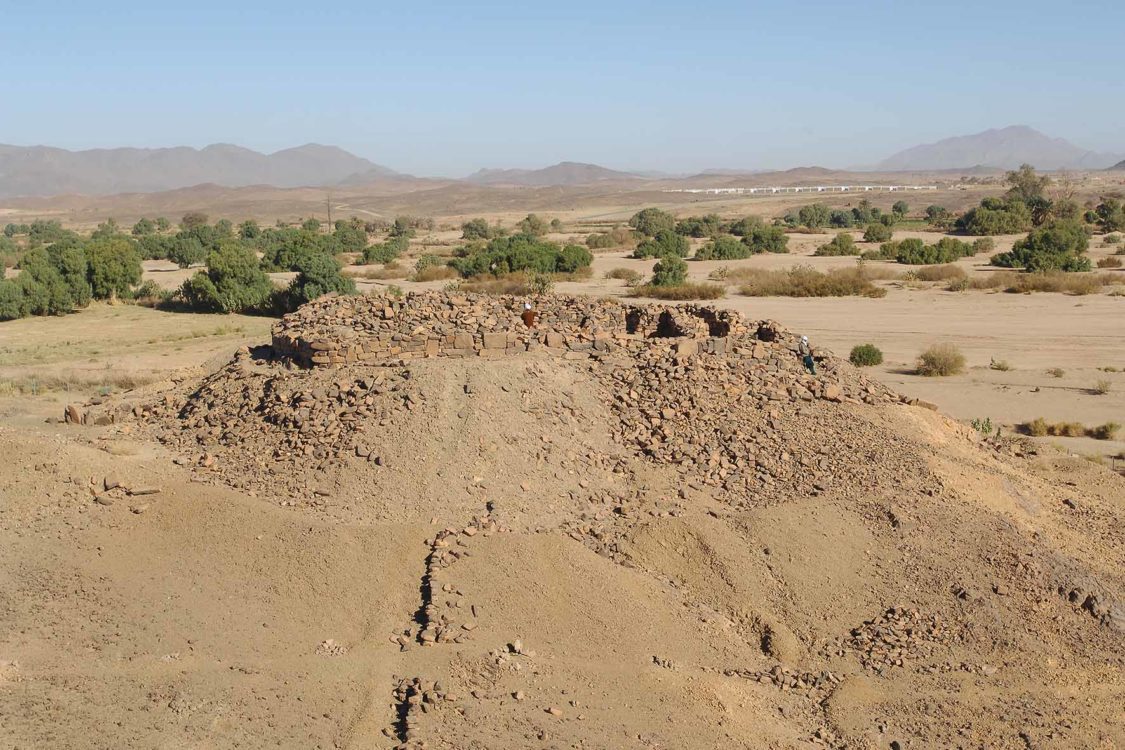


In 1925, in Abalessa, near Tamanrasset, in the Algerian Hoggar, archaeologists discovered the tomb of a woman. The skeleton was accompanied by coins from the Roman empire, jewelry and funerary furniture. No doubt, the tomb of a queen. But who exactly?
Examination of the skeleton shows that the woman suffered from low back osteoarthritis and therefore that she was limping. This detail directs archaeologists to a story by the historian Ibn Khaldoun who spoke of the Tuaregs as being the children of the “woman who limps”: a certain Tin Hinan. By cross-checking this information with Tuareg tales, there was no longer any doubt. It is indeed this Berber queen who lived in the 4th century. The Tuareg oral tradition describes her as “a woman of irresistible beauty, tall, with a flawless face, a luminous complexion, immense and fiery eyes, a fine nose, the whole evoking both beauty and authority “.
Still according to legend, Tin Hinan arrived in Hoggar crossing the Sahara desert from a vast region then called Sudan in the company of his servant Takamat and domestic animals. At that time, when the desert was more welcoming than today and dotted with many oases. Arriving in Abalessa, Tin Hinan developed a small kingdom living from the caravan trade between the Mediterranean and “Sudan”, the mythical land where King Solomon’s gold mines are said to be found. Since, from time to time, the Tuaregs pay tribute to their queen. The opportunity to party, sing, dance and show off with his jewelry, their most beautiful camels, most precious and longest cheich, along parades to the sound of drums.
The skeleton and jewelry are now kept at the Bardo museum in Algiers.